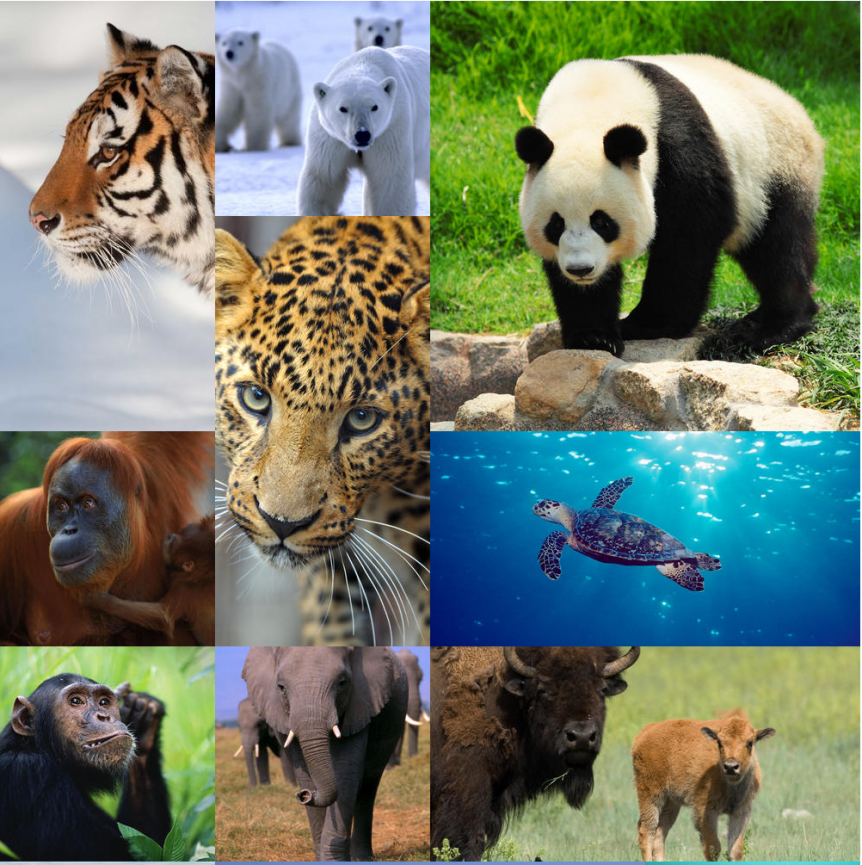Researchers from Warwick University and Australia’s University of New South Wales are employing a novel method to analyse sounds made by endangered species, aiming to aid their conservation. The study utilizes the superlet transform (SLT), a technique adapted from brain wave analysis in neuroscience, to turn animal signals into images. This allows scientists to estimate population sizes, identify habitats, and track migration patterns.

Lead researcher Ben Jancovich emphasized the method’s accuracy and ease of use compared to traditional techniques, which often struggle with simultaneous time and frequency visualization. The SLT method is particularly effective in spotting familiar shapes and recurring patterns in animal songs.
The research has already revealed that the calls of species like the Asian elephant, southern cassowary, and American crocodile contain “pulsed” sounds. While these findings are based on single recordings and are not yet conclusive, they highlight the method’s potential in providing detailed insights into animal communication.
Understanding the impact of human-generated noise on these animals is also a key focus, with the ultimate goal of informing and improving conservation strategies for endangered species.

















